Push vs Twist Revolver Speed Loaders: Is One Design Better?

There are two rather glaring downsides to revolvers: they have limited capacity, and they are slower to reload. Part of carrying a revolver involves getting it back into the fight as quickly as possible with a quick reload. To achieve that quick reload, we need a speed loader, as no one’s trying to master the art of loading a single round at a time. There are several types of speed loaders, but the two most popular types are divided by their function and are aptly referred to as “twist” or “push-type” speed loaders.
With a semi-auto handgun, a magazine is a magazine; just shove it in and go. With revolvers, a speed loader is a tool that aims to completely refill your cylinder with the twist of a knob or a push of a device. The twist or push refers to the method of operation required to defeat the device that holds the rounds in the speed loader. Further, most revolver speed loaders are armed with an active retention system that has to be defeated to allow the cases to slip into the cylinder, and not all systems are created equal. That said, is there one design that’s inherently better than the other? Well, let’s find out!
Twist Speed Loaders
Twist-to-release speed loaders are the more popular and common option. HKS loaders dominate the twist-to-release speed loader market. These devices are armed with a knob at the top, and the knob has to be twisted in the appropriate direction to release the cartridges. Plug, twist, release, and you can start shooting. I opted to use an HKS speed loader for today’s test.
Push Speed Loaders
Push-type speed loaders require the body to be pressed inward to release the cartridges into the cylinder. There are several variations of the push loader, and one of the most common is the Safariland Comp I, II, and III series. For today’s article, I will be using a Safariland Comp II.
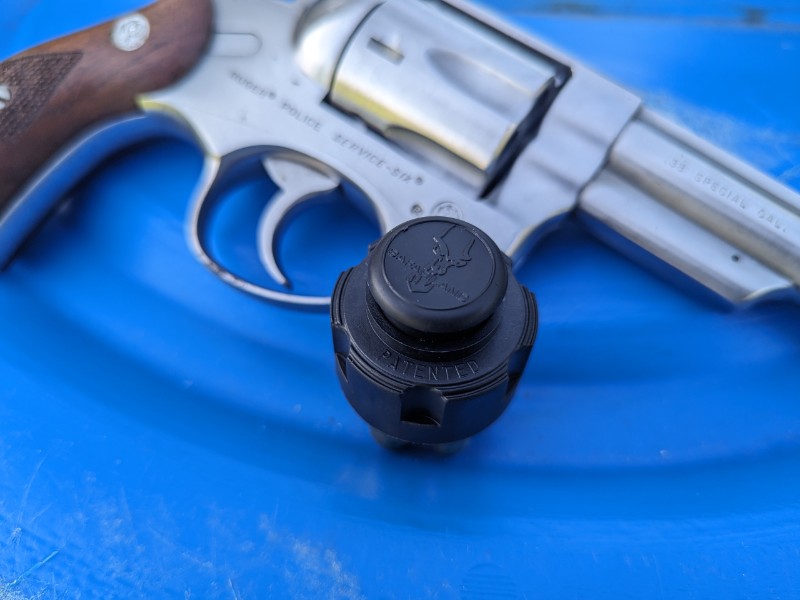
Testing Parameters
Today’s test will focus on defensive use and concealed carry. That guided my choice of HKS and Safariland Comp II speed loaders. It would be easy to grab a Comp III with its massive handle to beat out the smaller twist to release the knob, but that’s not quite fair.
Obviously, speed will be a big part of today’s test. Which speed loader earns the title of speediest of speed loaders? In the midst of a defensive shooting, you’ll be clawing for each fraction of a second you can get if you have to reload. Being in a gunfight sucks, but it sucks even more when your gun’s out of ammo. We’ll use my trusty shot timer to measure those fractions of a second accurately.
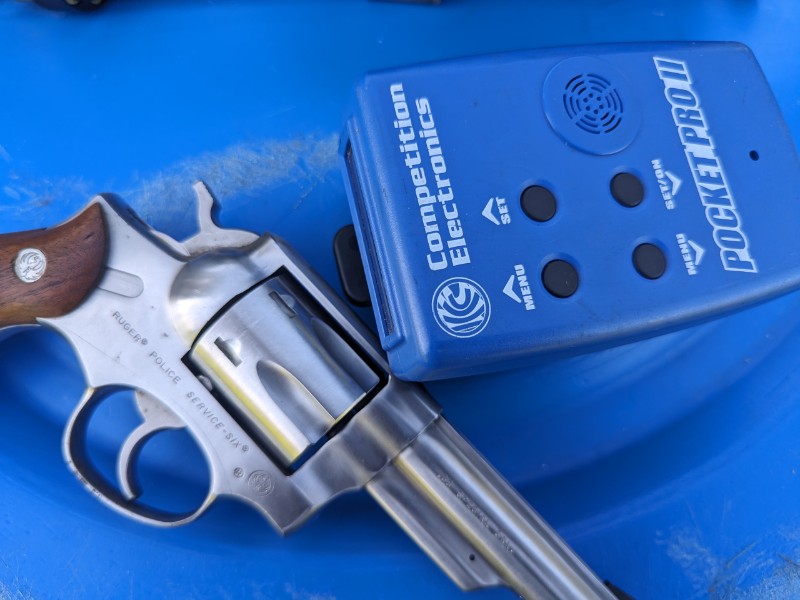
I’ll be using the Taurus Defender 856 with the HKS Speed Loader and a Ruger Police Service Six with the Comp II. I do not see how one gun will be faster to load than the other. Both grips and frame types accommodate speed loaders with ease.
The drill will be easy. To start, the revolver will be completely unloaded. At the beep, I will conduct a revolver reload that notionally dumps the empty cases, retrieves the speed loader, loads the cylinder, and fires one shot. I decided not to use empty cases to eliminate variables like cases getting stuck or clinging during the ejection phase.
Accuracy won’t be tested, and my target is an FBI Q target that is massive at seven yards. My goal is to get the gun loaded as fast as possible, and I won’t waste time trying to get a perfect shot between the Q’s eyes. I’ll repeat each reload five times with each loader. We’ll reset and repeat the test in case of a user or gun error.
Safariland Comp 2 Times
Safariland says Comp II should work with the Ruger Service Six. I had a lot of problems getting the correct alignment. It felt like the rounds were not entering smoothly, which created a bit of a hang-up when I tried to load. When Comp II worked, it was the fastest option. I got the fastest time with Comp II, but also the slowest time.
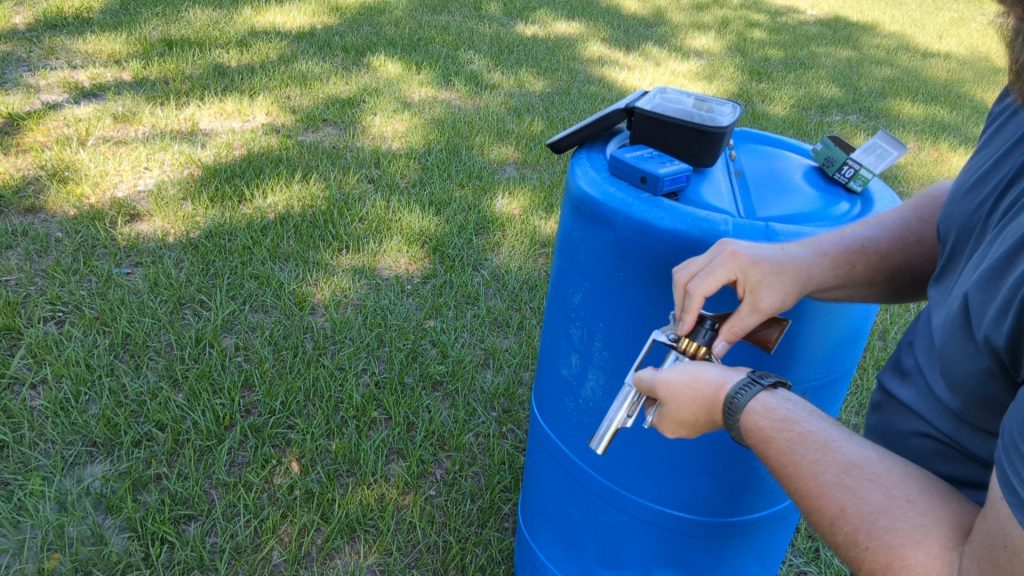
It feels like a tool that requires more practice to get just right. I did run into an issue where the Comp II would pull a round with it. On my slowest run, I dropped a round. The Comp II can be super quick and easy to use when it works. Just grab the speed loader, jam it into the cylinder, and press it forward. A tactile and audible click lets you know the cartridges are free and flow into the cylinder.
Best – 4.79
Worst – 6.03
Average – 5.52
HKS Speed Loader Times
The HKS Speed Loader has an issue with speed. It’s tough to be fast with the HKS, but it’s easy to be consistent. One issue comes from the fact you don’t want to grab the loader by the knob to avoid accidentally untwisting and releasing your ammo. Another issue is that using the HKS requires two movements.
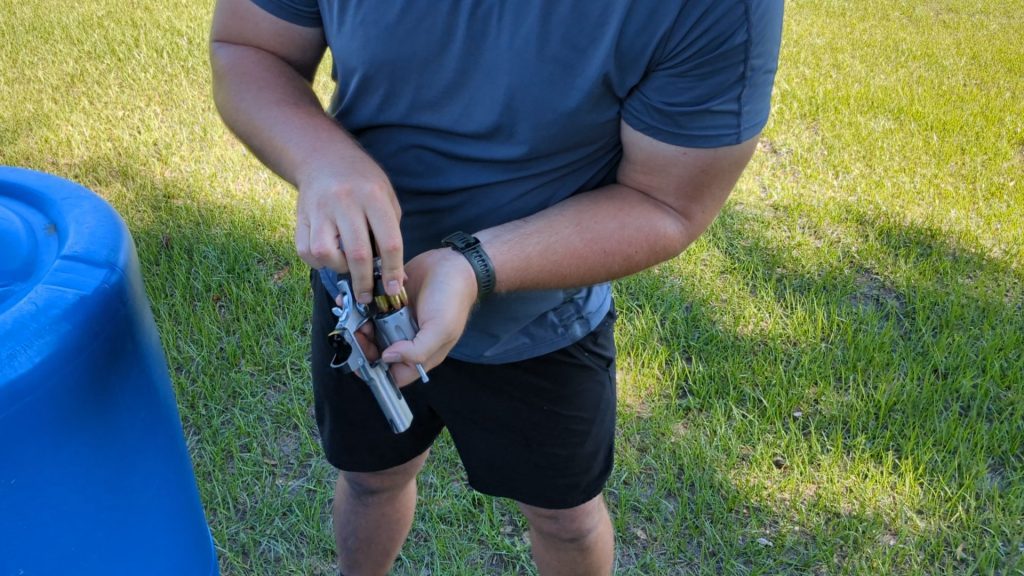
You have to grab the body to position the speed loader into the cylinder, then grab the handle and twist to release. These two movements will slow you down, and you need gravity to help you feed the rounds into the cylinder. I wasn’t super fast with the HKS Loaders, but I had consistent times.
Best – 5.08
Worst – 5.6
Average 5.30
Retention Matters
While speed is important, we must remember that these retention devices serve a very important purpose. If your retention fails inside your pocket or pouch, you don’t know if you’ll pull out a speed loader with six, three, or no rounds. As important as speed can be for a reload, retention is also a big factor. We tested the respective speed loaders in two ways.
First, we conducted the shake test. We placed the speed loader into a fanny pack from Vertx and performed a quick series of burpees and box jumps to shake the speed loaders up a bit to see if some dynamic movement would cause them to lose cartridges.
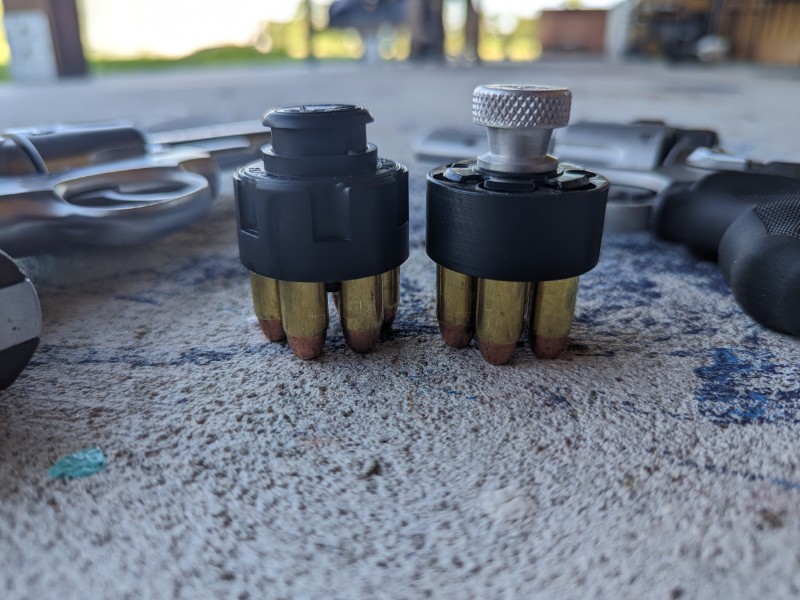
Next, we did a simple drop test. To borrow a line from an early 2000s song, we let the bodies hit the floor. I dropped the fully loaded speed loafers to chest height onto the concrete below. It’s a bit of an extreme test, but taking things to the extreme is how we dig deep and find the best option for you.
I wish I had something more to report, but both speed loafers stood up to the retention tests. I didn’t lose a single round or even get close to it. I repeated the concrete test at varying angles and didn’t lose any rounds.
Is one better than the other?
I learned a few things during this test. First, I need to practice revolver reloads more often. My times are pitiful. Second, I discovered some differences between these two-speed loaders, and it’s really up to the user which works. The push loaders seem to be the fastest option, but they seem to require more practice to be fast. The twist loaders seem easier for beginners and for those who might slack in their training.
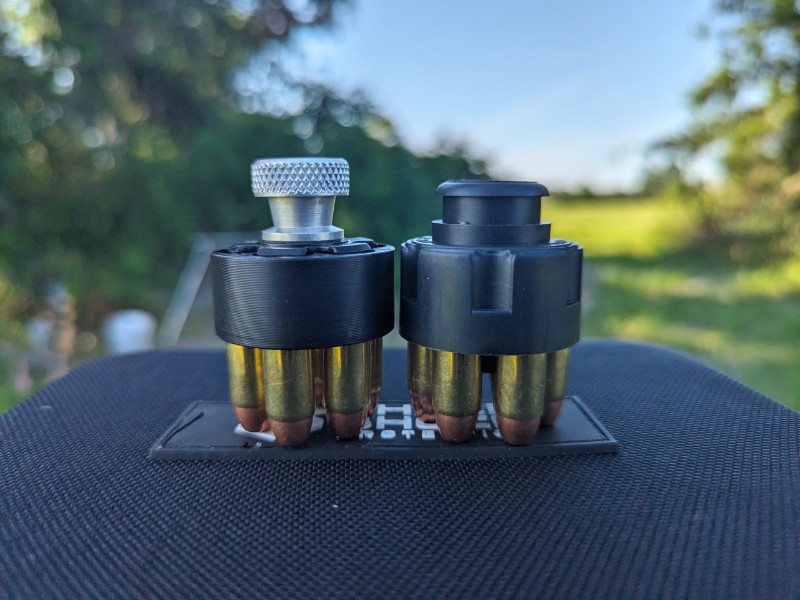
If you start shopping for speed loaders, you’ll notice that the HKS twist loaders are made for nearly every gun and caliber out there, and that might be a serious advantage to you. Push loaders come in a few different configurations but aren’t as market-dominant as the HKS twist loaders. That might settle the argument for you.
Which would you use? Let us know below!
The post Push vs Twist Revolver Speed Loaders: Is One Design Better? appeared first on The Mag Life.
Read the full article here



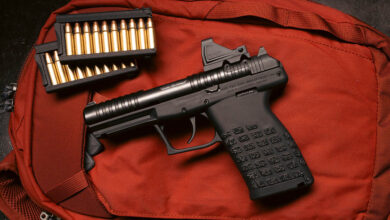

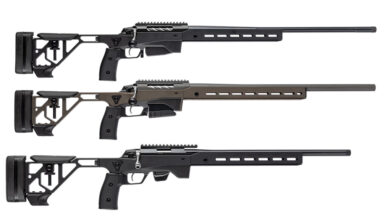
![5.11 Tactical Founders Jacket [FIRST LOOK] 5.11 Tactical Founders Jacket [FIRST LOOK]](https://firearm-discounts.com/wp-content/uploads/2025/01/511-tactical-founders-jacket-1-390x220.jpg)